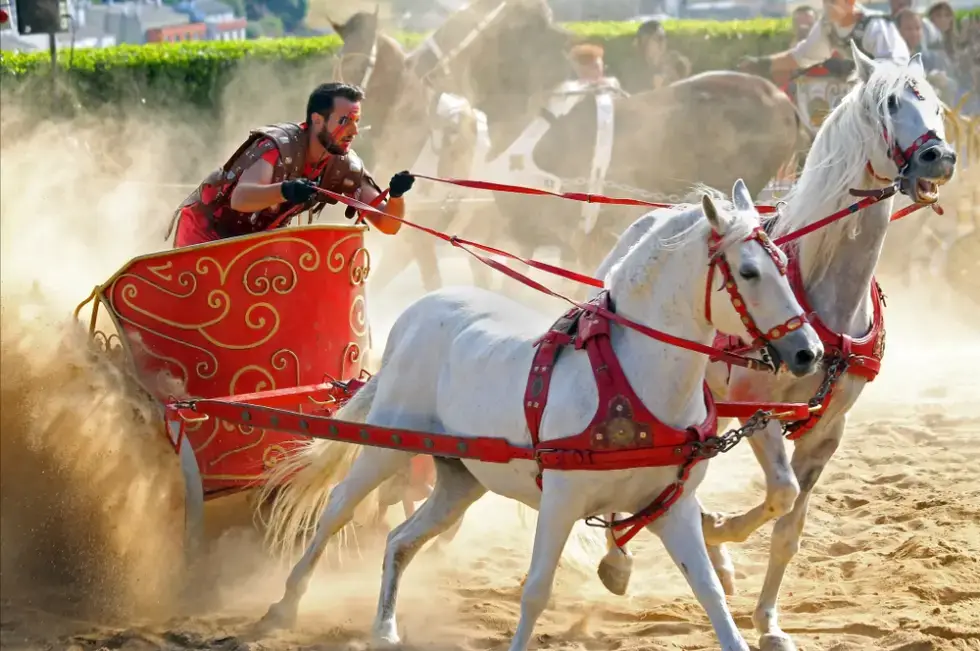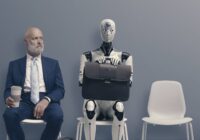The technological progress in the mobility ecosystem has been nothing short of magical. It has been driven by a convergence of simultaneous breakthroughs in electrification, connectivity, sensors, batteries and other factors. All indicators point to these transformations continuing to accelerate. With electrification, exponential increases in computing power, advancements in sensor technology and radical developments in artificial intelligence all coming together, we head into a future of tremendous opportunities. Indeed, we will see true human potential.
Against the backdrop of experts contemplating the future of mobility at the upcoming Autonomous e-Mobility Forum in Qatar, we reminisce and reflect on the trajectory of mobility over the last millennia. From the simplicity of footways to the complexity of electric travel and interconnected transportation systems, each era has contributed to our current standing.
This retrospective reveals the dynamic interplay between mobility, infrastructure and the economic vitality of societies. Each phase has led to steep changes in the mode and speed of travel, accompanied by consistent reduction of its time and cost. This has brought increased human interconnection, societal development and an improved quality of life.
This is the first of a three-part series, which sheds light on the evolution of mobility through distinct periods: ancient history, ending at the 18th century; the industrial era, leading up to current technologies and the era of AI and driverless e-Mobility.
Early pedestrians and horse riders
The first era of mobility was born when humans set foot beyond caves. The earliest mode of mobility was, quite literally, taking one step at a time. Humans relied purely on their own physical abilities for mobility. Some 275,000 years ago, the migration of the earliest humans happened on foot. They journeyed from the southeastern tip of Africa northward to the Eurasian region and eastward toward Mesopotamia and Persia — ancient Iran.
Unsurprisingly, it took these first pedestrians more than 100,000 years to cover a distance of about 8,000km to the northern tip of Africa. As this period continued, it led to the establishment of trails, foundations for the first mobility networks. These primitive routes connected communities, enabling the exchange of goods and setting the stage for local economic growth.
The pace of movement increased significantly around 4000 BC when people began riding beasts of burden. Horses and camels became indispensable for merchants and traders, thereby enhancing the efficacy of economic activity. The domestication of animals to enhance transport is arguably history’s first mobility innovation.
Conquering waterways and expanding empires
As civilizations advanced, maritime exploration became a key driver. The invention of watercraft, such as rafts, boats or ships, allowed for navigation along natural corridors, rivers and seas. This opened new avenues for trade and cultural exchange. Early ports provided infrastructure to serve as hubs, further spurring economic growth.
The invention of the wheel around 3500 BC is one of the first inflection points in the history of a mechanized mobility ecosystem. It revolutionized transport with the creation of carts and chariots. Road networks were created for them, which enabled traders, travelers and militaries to move efficiently.
The Roman Empire was founded around 625 BC and lasted about a millennium. It testifies to the power of an efficient mobility ecosystem in shaping societal development and prosperity. From the vast road networks that spanned over 400,000 kilometers to a sophisticated ecosystem of waterways and ports, Rome engineered a mobility infrastructure that fostered faster trade, communication and information exchange. Without these investments, Rome could never have expanded at the pace and scale it did.
Another example of the fundamental rise of systematic mobility infrastructures is the Age of Exploration, spanning the 15th to 17th centuries. This period of unparalleled maritime expansion leaned on then-modern ships, navigational instruments, ports and trade routes. These led to the European discovery of the Americas in 1492 AD, thereby opening new avenues for trade and other innovations. It enabled greater Europe to exercise its dominance worldwide.
Ongoing advancement
From our perspective in 2024, mobility was perhaps the central driver in the ebb and flow of ancient economic power. Each development has left an indelible mark on economies and people. The turning points along this journey prove the importance of collaboration between a diverse group of actors to facilitate effective policy-making, government support and technological innovation. These factors remain relevant today.
The next piece in this series discusses how mobility saw a seismic shift in the Industrial Revolution of the 19th century to the current period. The last piece imagines the future and explores the possibilities that visions of mobility hold.
[Lee Thompson-Kolar edited this piece.]
The views expressed in this article are the author’s own and do not necessarily reflect Fair Observer’s editorial policy.
Support Fair Observer
We rely on your support for our independence, diversity and quality.
For more than 10 years, Fair Observer has been free, fair and independent. No billionaire owns us, no advertisers control us. We are a reader-supported nonprofit. Unlike many other publications, we keep our content free for readers regardless of where they live or whether they can afford to pay. We have no paywalls and no ads.
In the post-truth era of fake news, echo chambers and filter bubbles, we publish a plurality of perspectives from around the world. Anyone can publish with us, but everyone goes through a rigorous editorial process. So, you get fact-checked, well-reasoned content instead of noise.
We publish 2,500+ voices from 90+ countries. We also conduct education and training programs
on subjects ranging from digital media and journalism to writing and critical thinking. This
doesn’t come cheap. Servers, editors, trainers and web developers cost
money.
Please consider supporting us on a regular basis as a recurring donor or a
sustaining member.
Will you support FO’s journalism?
We rely on your support for our independence, diversity and quality.











Comment